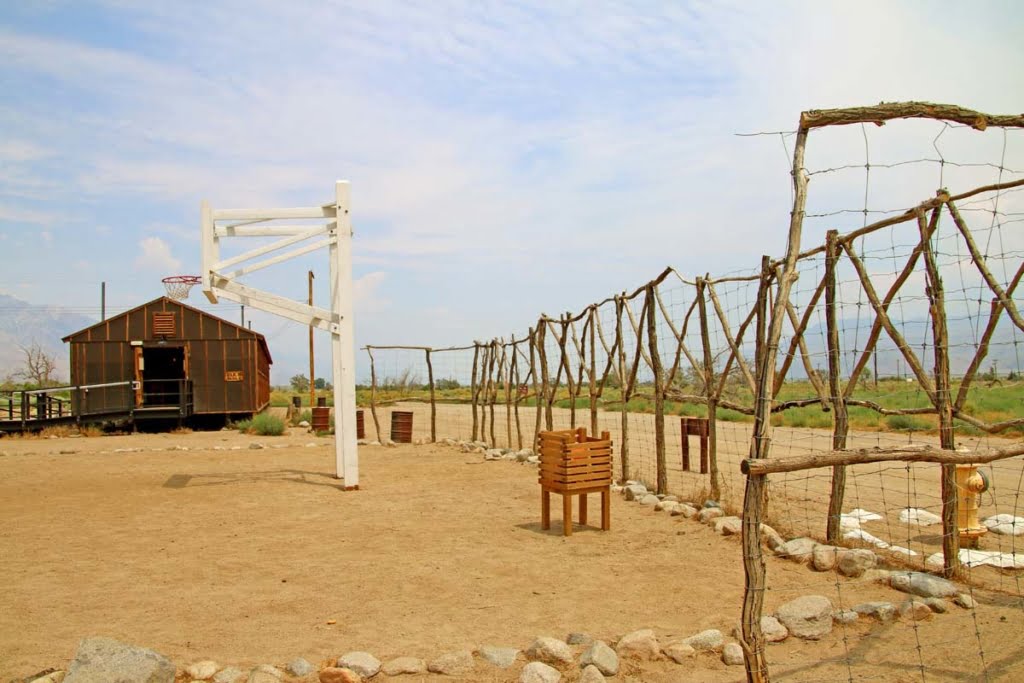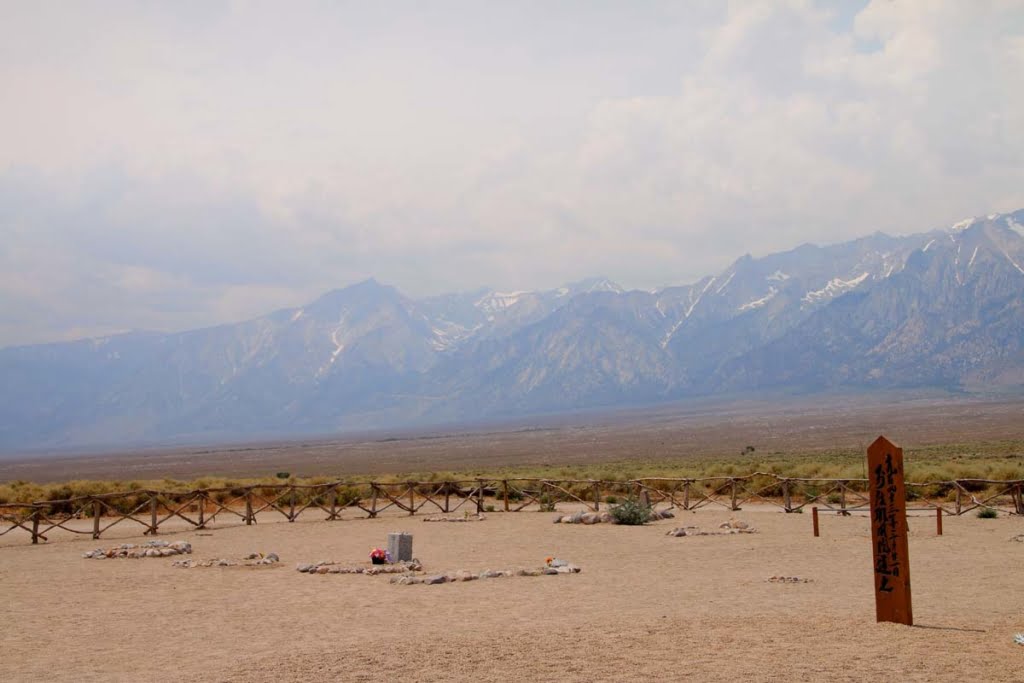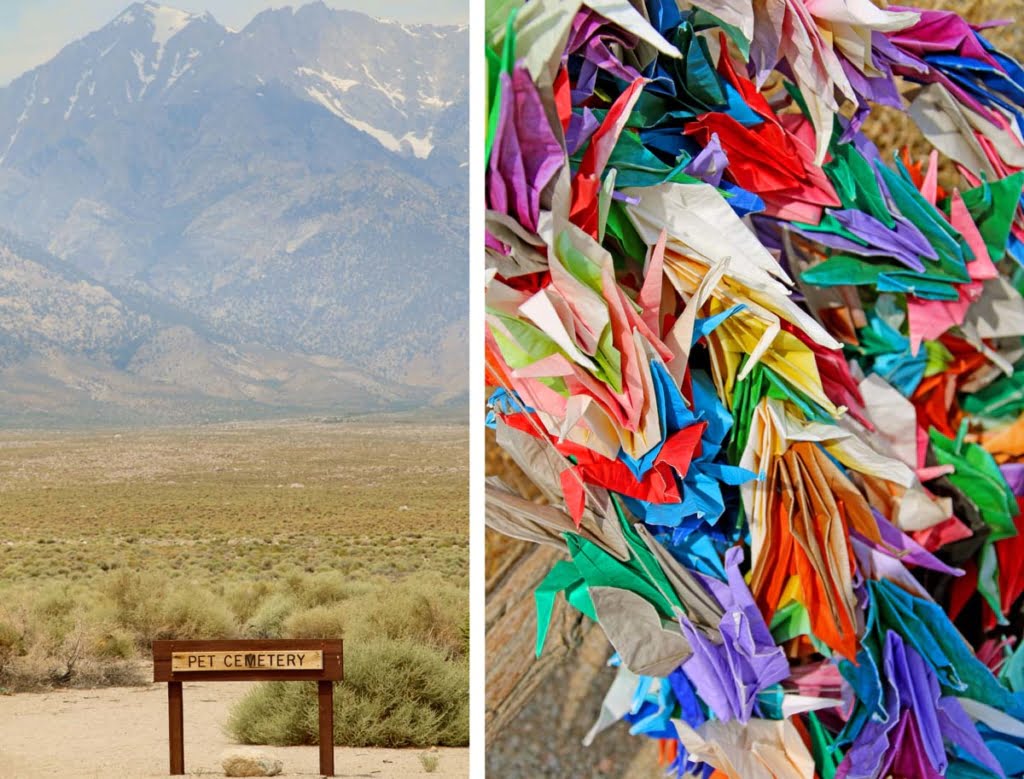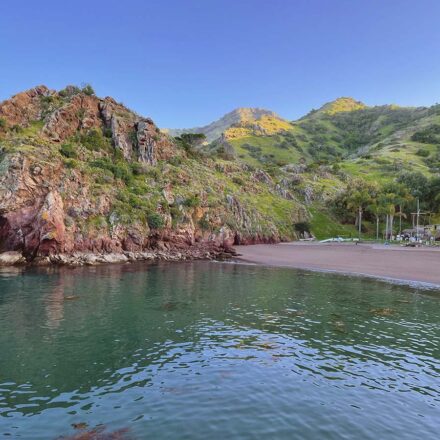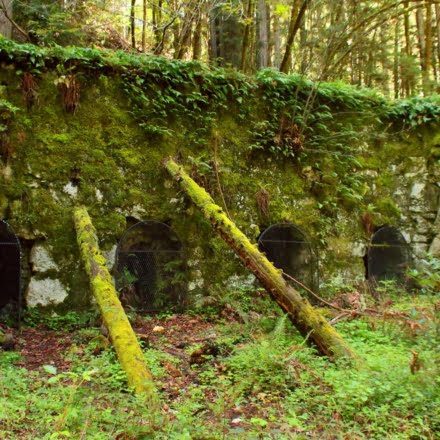Hello everyone! This is a friendly reminder that any of these fun places we may visit, we are a guest at. Please treat both businesses and trails with the utmost respect. We here at Hidden California follow the 'Leave no Trace' mantra, meaning whatever you bring with you comes back with you. If you see trash on a trail, please do your part to help remove it. Remember, we are not picking up trash from another person but instead cleaning up for Mother Nature. Happy adventures!
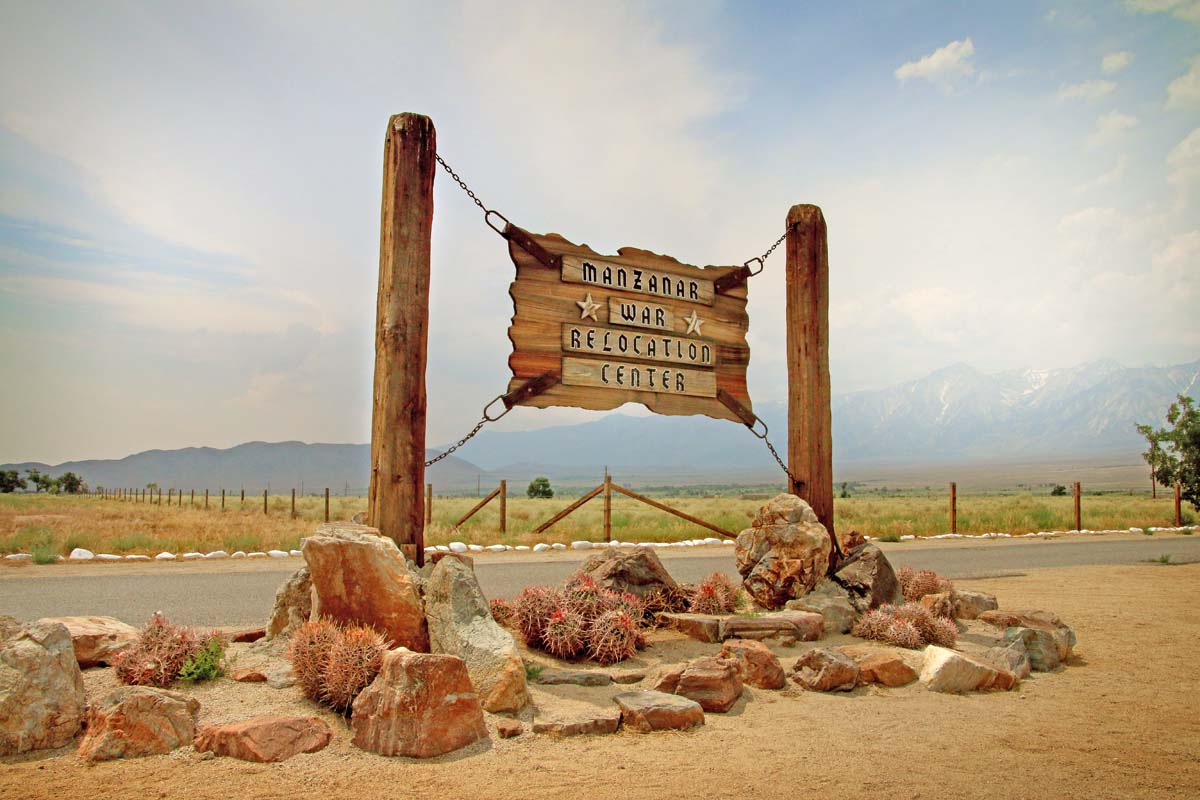
5001 US-395, Independence
CA 93526
36.728154, -118.147508
Kid-Friendly: Yes Dog-Friendly: Yes, but be mindful of weather
About Manzanar Internment Camp
Article by David Johnson:
Manzanar is located in the Owens Valley between the towns of Lone Pine and Independence, about 230 miles northeast of the City of Los Angeles. It has a rich and troubled history. The area is traditionally home to the Paiute tribe. Historically, they survived by hunting, farming and trading with other tribes.
But when the gold rush began in the foothills above Sacramento in the mid nineteenth century, the tribes were violently pushed out by the army acting to protect the “interests” of miners and speculators who had flooded the area seeking their fortunes.
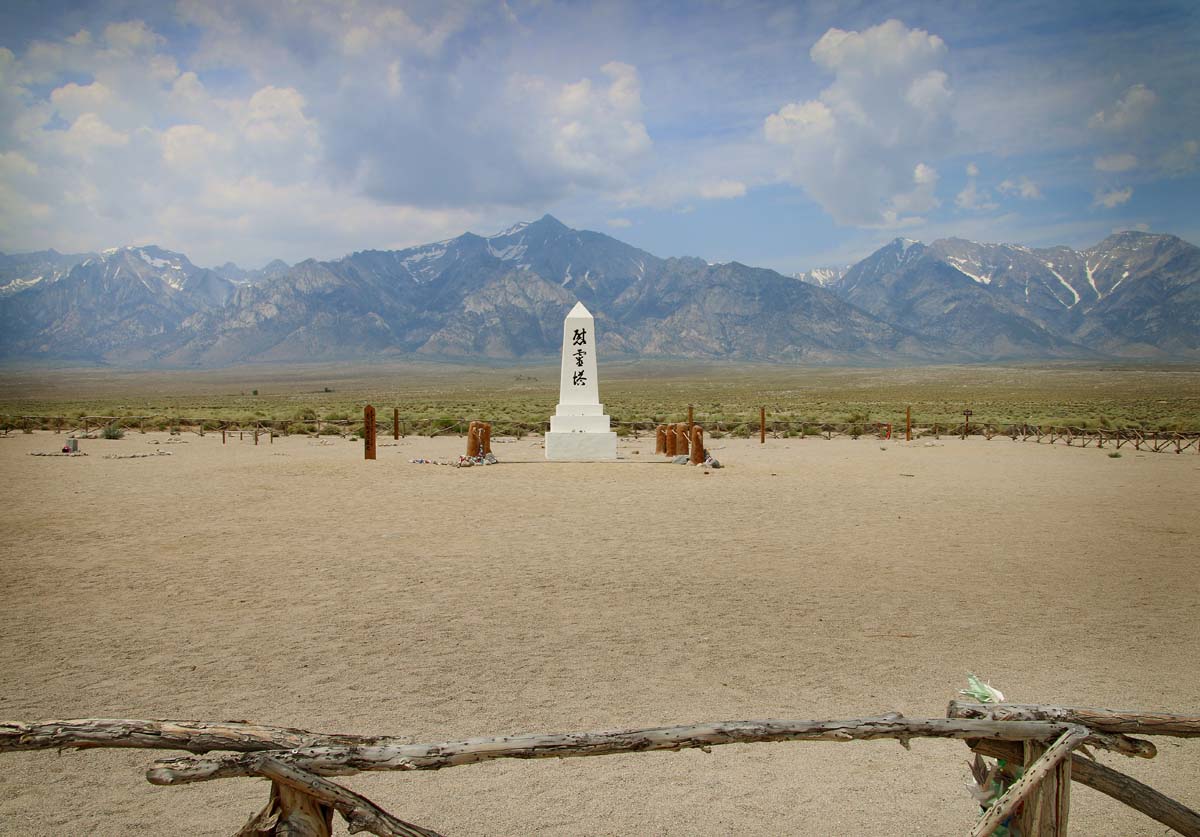 By the early twentieth century, the area was primarily agricultural, with farms and orchards yielding pears, apples, peaches, corn and potatoes among other crops.
By the early twentieth century, the area was primarily agricultural, with farms and orchards yielding pears, apples, peaches, corn and potatoes among other crops.
And they might have lived happily ever after except for the fact that Los Angeles was running out of water. The process by which the City of Los Angeles drained the Owens Valley of water is richly captured in the great film, Chinatown.
The city began by purchasing water rights from farmers and ranchers, but soon began buying them out. By 1933, Los Angeles owned 95% of all land in the Owens Valley, water was being shipped to Los Angeles in a viaduct, and the valley had turned into vacant dirt.
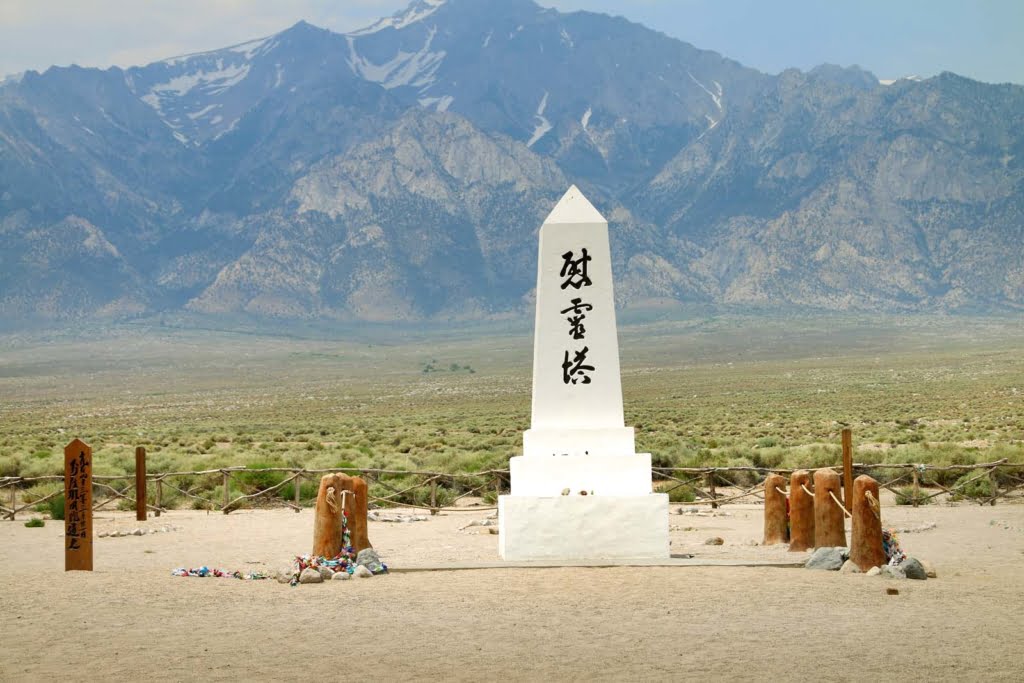
Things changed dramatically for the area when the Empire of Japan attacked Pearl Harbor in December of 1941.
Two months later, President Franklin D. Roosevelt signed an executive order authorizing the Secretary of War to remove and detain anyone deemed to threaten the war effort.
Without any semblance of due process, people of Japanese descent were given days to dispose of their possessions, and were then forcibly transported to crude camps hastily set up at racetracks, fairgrounds and similar facilities, while more long-term detainment camps were constructed.
Manzanar opened in March of 1942, and was first home to 1,000 detainees who volunteered to construct the camp. It was built on a 6,200-acre parcel and ultimately held 10,000 people. They lived in crude housing units, and shared communal bathroom and shower facilities with no privacy partitions.
Medical facilities were primitive, and within weeks children were being treated for outbreaks of whooping cough, measles and chicken pox. The residents were forced to endure hot summers, freezing winters and perennial high wind dust storms.
 It needs to be noted that many of the human beings detained in this and other camps around the country were native born American citizens of Japanese descent.
It needs to be noted that many of the human beings detained in this and other camps around the country were native born American citizens of Japanese descent.
Some spoke no Japanese, and as time passed young men were released to serve in the United States armed forces. At least one incarcerated woman at Manzanar became the gold star mother of an American soldier killed in action.
Ninety-five percent of those confined to Manzanar were from the City of Los Angeles, and many were educated and culturally sophisticated.
They formed self-governing councils, and Manzanar ultimately included schools, administrative offices, shops, a hospital, sports teams and a newspaper.

In addition to the pain of confinement, detainees were forced to endure the enmity of the “free” people of the impoverished Owens Valley (who already hated Angelinos for stealing their water), and locals circulated rumors that the detainees lived better than they did, a patently absurd claim.
While you’re in the area, make sure to visit Alabama Hills nearby!
Support for the detention camps began to wane as the United States took control of the war against Japan, and the loyalty of Japanese-Americans became more and more evident. In the meantime, a case filed by a detained American-born man of Japanese ancestry who had never been to Japan and spoke no Japanese, reached the Supreme Court.
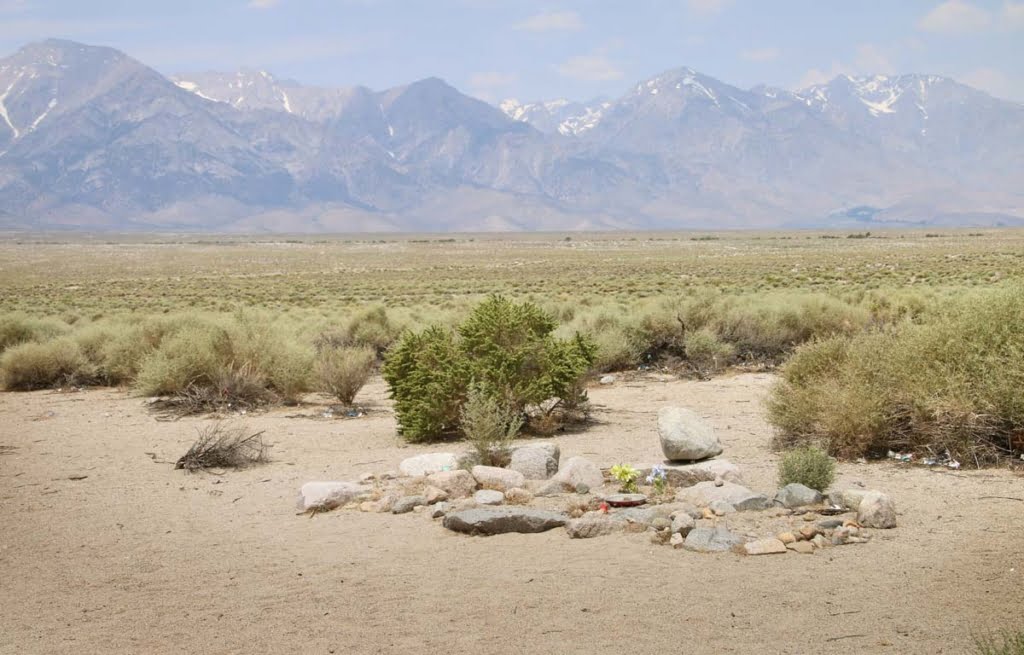
On December 18, 1944, the Court ruled that the government had no right to hold any American citizen of any foreign descent unless it could prove they were disloyal. Within weeks, “loyal” Japanese camp residents were released, presumably to return to homes that were no longer theirs.
In November of 1945, the camp closed for good, and remaining detainees were given $25 and a one-way train or bus fare to wherever.
In 1985, Manzanar was designated as a National Historic Landmark. Over the next ten years, the land was purchased from the City of Los Angeles, and efforts were made to preserve remnants of the original camp.
The site now features a visitor center located in the restored high school gym. Visiting the site is a moving experience, especially in light of our ham-handed efforts to manage the influx of desperate Central Americans at our southern border. A skeptic could say we have learned nothing in the last 75 years about the humane treatment of people in crisis.
